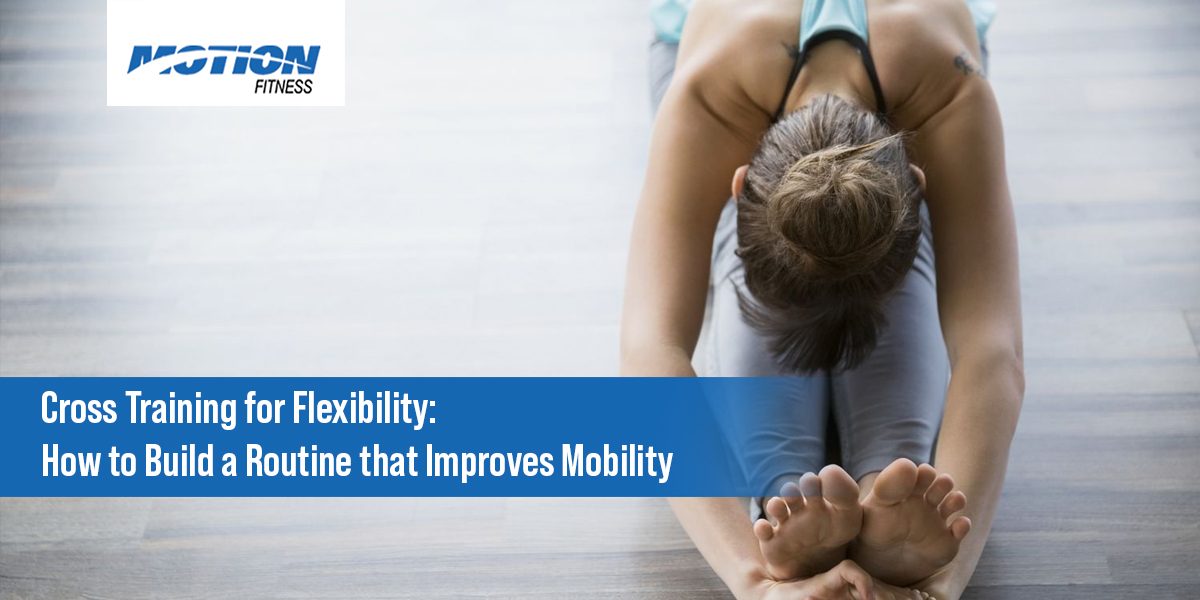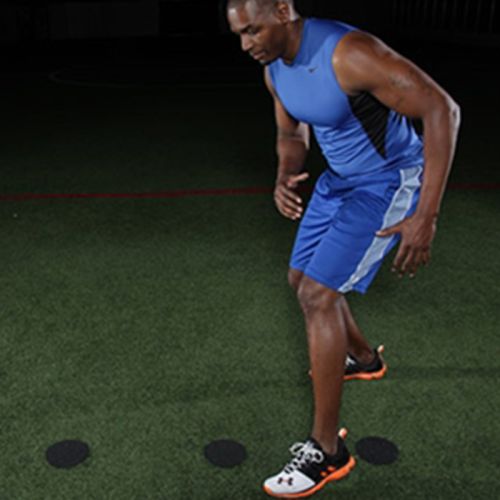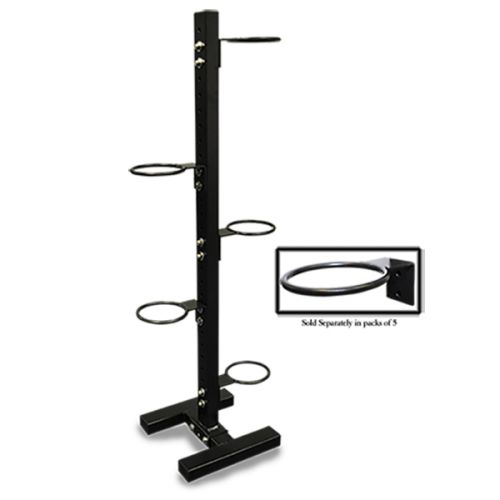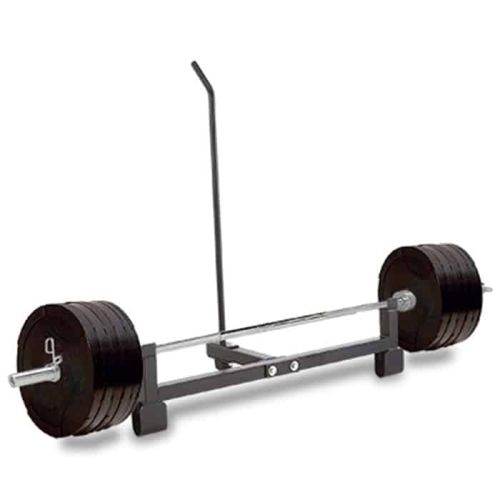
Flexibility is necessary for overall fitness and health and is often overlooked in traditional workout routines. Cross training for flexibility blends various activities and exercises to improve mobility and muscle balance and reduce the risk of injury. It is a well-rounded approach that makes you more limber and supports your overall fitness journey.
If you’re ready to build a routine that prioritizes flexibility, this submission will provide the essentials, including the best equipment, key exercises, and tips for creating an effective plan.
What is Cross Training for Flexibility?
Cross training for flexibility refers to adding different forms of exercise to target various aspects of fitness. When applied to flexibility, it involves combining:
- Stretching exercises: To improve the range of motion.
- Strength training: To develop muscle stability for better flexibility.
- Cardio workouts: To increase circulation, which aids in loosening tight muscles.
The goal is to create a routine that builds strength, improves flexibility, and promotes overall mobility.
How to Build a Cross Training Routine for Flexibility?
A step-by-step guide to creating a well-rounded routine:
Step 1: Identify Your Goals
Before you begin, consider your primary objectives:
- Are you focusing on general mobility?
- Do you want to recover from tight muscles or injury?
- Are you trying to improve your athletic performance?
Having clear goals helps you choose the right exercises and equipment.
Step 2: Choose the Right Equipment
Adding home gym equipment and targeted tools can increase your flexibility training. Some best cross trainers options:
Best Cross Trainers for Flexibility
- Recumbent Cross Trainer: Ideal for low-impact cardio that loosens tight muscles and increases blood flow.
- High Top Cross Trainers: These high top cross trainers machines add variety to your workouts and help improve mobility without straining joints.
Other Equipment to Consider
- Resistance Bands: For assisted stretching and strength training.
- Foam Rollers: To release tight muscles and improve blood circulation.
- Yoga Mats: Essential for stretches and core exercises.
- Gym Machines: Machines like cable systems can be used for dynamic stretching.
Step 3: Include These Exercises in Your Routine
A mix of exercises to increase flexibility and mobility:
Dynamic Stretching (Warm-Up)
- Arm swings
- Leg swings
- Torso twists
These movements prepare your body for the workout by increasing blood flow.
Static Stretching (Cool Down)
Focus on holding stretches for 20-30 seconds.
- Hamstring stretch
- Hip flexor stretch
- Shoulder stretch
Strength and Flexibility Training
- Yoga Poses: Downward Dog, Child’s Pose, and Pigeon Pose are excellent for flexibility.
- Pilates Exercises: Improve flexibility and core strength.
- Bodyweight Strength Workouts: Squats, lunges, and planks build muscle stability for better flexibility
Cardio for Flexibility
Low-impact cardio improves circulation, making your muscles more pliable.
- Elliptical machine
- Cycling
- Swimming
Tips for Success
- Start Slowly: If you’re new to flexibility training, ease into the exercises to avoid overexertion.
- Stay Consistent: Consistency is key to seeing results, so aim to train at least 4-5 times a week.
- Use Cross-Training Equipment for Home: Investing in tools like resistance bands and foam rollers can make your workouts more effective and convenient.
- Focus on Breathing: Deep breathing helps relax your muscles during stretching.
- Mix It Up: Add different exercises and equipment to keep your routine fresh and exciting.
Benefits of Using the Right Equipment
Adding cross trainer equipment for home and gym tools into your routine can improve your flexibility. For example:
- Recumbent Cross Trainer provides a low-impact workout that reduces stiffness.
- Best Crossfit Equipment targets multiple muscle groups, improving strength and mobility.
- Cardio Equipment like elliptical machines promotes blood flow, making stretching more effective.
Common Mistakes to Avoid!
While cross training for flexibility is highly beneficial, these are some pitfalls to watch out for:
- Skipping Warm-Ups: Never start a workout without preparing your muscles.
- Overstretching: Pushing too hard can cause muscle strain.
- Ignoring Rest Days: Allow your body time to recover and adapt.
Why Flexibility Training Matters for All Ages?
Flexibility training is necessary if you’re an athlete, a fitness enthusiast, or just starting out. Improved mobility doesn’t just benefit your workouts—it improves your quality of life by making daily activities easier.
Combining the right exercises, using effective equipment like a recumbent cross trainer, and following a structured routine can improve your flexibility and enjoy better overall health.
Final Thoughts
Cross training for flexibility is a holistic approach that improves mobility, prevents injuries, and improves overall fitness. By using the best tools, such as high-top cross trainers, foam rollers, and resistance bands, you can create a routine that’s not only effective but also enjoyable.
If you’re working with gym machines or home gym equipment, remember to stay consistent, vary your exercises, and give your body time to adapt. With a little effort and dedication, you’ll see noticeable flexibility and overall mobility improvements by contacting Motion Fitness, your fitness companion for cross training for flexibility.







